Master DIY Hardwood Flooring: A Complete Installation Guide
You can learn to install hardwood flooring yourself and make your home look amazing without spending too much money.
First, clear the area where you'll be working and take accurate measurements—remember to add a little extra (about 10-15%) to cover mistakes. Choose good wood types like oak, hickory, or go for engineered wood if you want to save some cash.
Check that your subfloor is strong enough—ideally, it should be made of plywood that's at least 3/4-inch thick. If you're putting the floor over concrete, make sure to use a vapor barrier to keep moisture away.
When you're ready to install, use a chalk line to mark where the expansion gaps will go. This will help you get a neat finish.
How you install the flooring will depend on the type you picked, but don't worry—you'll learn useful skills and see great results. Stick around for more tips to help you get the job done right!
Key Takeaways
- Save money by installing the floor yourself! You could save between $3 and $8 for every square foot.
- Before you start, clear out the furniture and make sure the floor underneath is thick enough.
- Measure your room carefully and add about 10-15% extra flooring to cover mistakes or any extra cuts you might need.
- Pick the right kind of flooring: engineered hardwood is cheaper and can handle moisture, while solid hardwood can be sanded and refinished later.
Cost Analysis of DIY Installation
If you decide to install hardwood flooring yourself, you could save a lot of money—about $3 to $8 for every square foot in labor costs! For a regular-sized room that's 1,000 square feet, the total cost to install could be between $6,000 and $14,000.
Choosing engineered wood or groove flooring instead of solid hardwood can help you save even more. It's a smart choice if you're on a budget!
When picking your materials, keep in mind that wider planks usually cost more. Make sure to check out different types of wood and their quality. This will help you keep your project within budget while still making your home look great!
Preparation Steps for Installation
Before you start putting in your hardwood floor, it's really important to get the space ready. First, move all the furniture and anything else out of the way.
Next, grab a measuring tape and measure the room. Don't forget to add a little extra, about 10-15%, to make sure you have enough flooring for mistakes or waste.
Check the subfloor too! It should be at least 3/4-inch thick plywood for a strong base. If your floor is made of concrete, you need to add a vapor barrier. This is like a protective layer that stops moisture from getting in. Make sure to overlap the edges by 4 feet.
Lastly, use a chalk line to mark a line 3/8-inch from the baseboard. This helps you remember to leave space for the floor to expand.
Once you have all your tools and materials ready, you can start your hardwood flooring project!
Choosing the Right Flooring
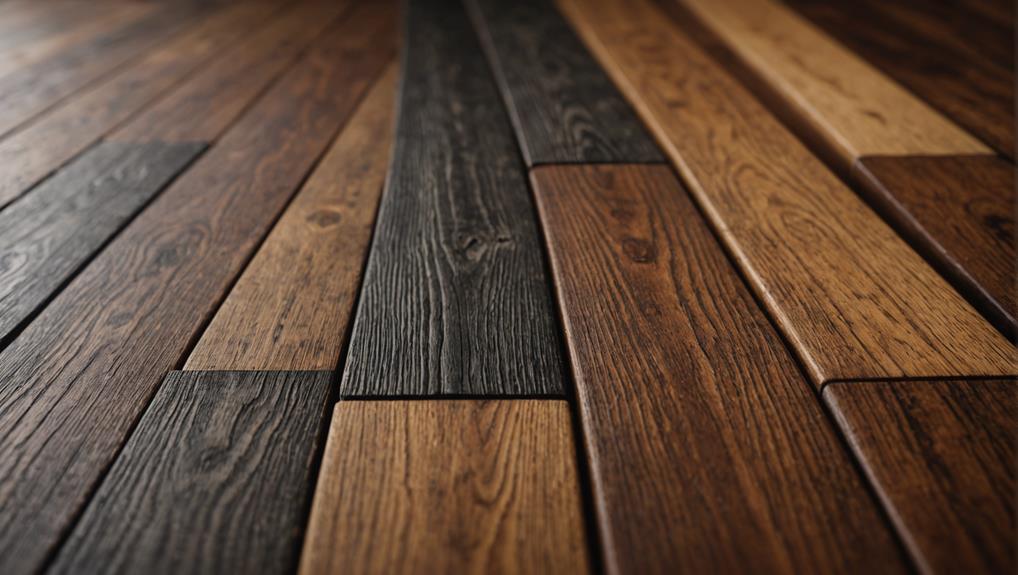
Choosing the Right Flooring
Now that you've got your space ready, let's talk about how to pick the best hardwood flooring! First off, there are different types of hardwood like oak, hickory, and maple. Each one looks different and has its own strength.
If you go for solid hardwood floors, the great thing is you can refinish them many times, making them last longer. On the other hand, engineered hardwood is usually cheaper and works well in places that get wet, since it's made differently.
Wider planks, which are about four to six inches, can make your room look fancy and reduce the number of seams you see. Think about how you want to install the flooring too. Engineered wood is easier to put down, especially over concrete, and doesn't need to sit out to adjust to the room.
Take your time to choose the right flooring, and it will make your space look great!
Frequently Asked Questions
How to Install Hardwood Floors Step by Step?
Installing hardwood floors can be fun and rewarding! Here's a simple guide to help you through the process:
- Measure the Area: First, grab a tape measure and find out how big the space is where you want to put the hardwood floors. This will help you know how much wood you need.
- Prepare the Subfloor: Make sure the floor underneath is clean and flat. If there are any bumps or dirt, fix those first so your hardwood has a nice, smooth base to sit on.
- Pick Your Method: There are different ways to install hardwood floors. You can nail them down, glue them, or use a floating method. Choose the one that works best for you.
- Lay the First Row: Start by laying down the first row of boards along the longest wall. Make sure it's straight! This will help keep the rest of the rows in line.
- Stagger the Rows: For the next rows, don't line them up directly with the first one. Instead, stagger the boards so the seams don't all line up. This makes the floor look nicer and helps it stay strong.
- Cut the Last Board: Once you reach the end, you might need to cut the last board to fit. Use a saw carefully to do this.
- Let It Settle: After you finish laying the floor, let it settle for a little while before walking on it. This helps everything stay in place.
And that's it! With these steps, you should have beautiful hardwood floors in no time.
How Long Does It Take to Install 1000 Sq Ft of Hardwood Floor?
If you're putting down 1,000 square feet of hardwood floor, it usually takes a team of pros about 5 to 10 hours to finish the job. But if you decide to do it yourself, be ready for a few days of work. You'll need time to get everything ready, take breaks, and figure things out as you go.
How Far Apart Should Hardwood Floors Be Spaced?
When you're putting in hardwood floors, it's important to leave a little space around the edges. You should keep about 1/4 to 1/2 inch between the floor and the walls or other things that won't move, like cabinets. This gap helps the wood expand and contract without getting damaged.
To make sure you get the right space, use spacers while you're installing the floor. This will help keep everything in place and stop the floor from buckling later on. Always check the instructions from the manufacturer to make sure you're doing it right!
Is There a Pattern to Laying Hardwood Floors?
Yes, there is definitely a pattern when you lay hardwood floors! You can go for styles like herringbone, chevron, or straight lay. Each of these patterns looks different and can change how a room feels. So, think about what you like and how it fits with your home's style!

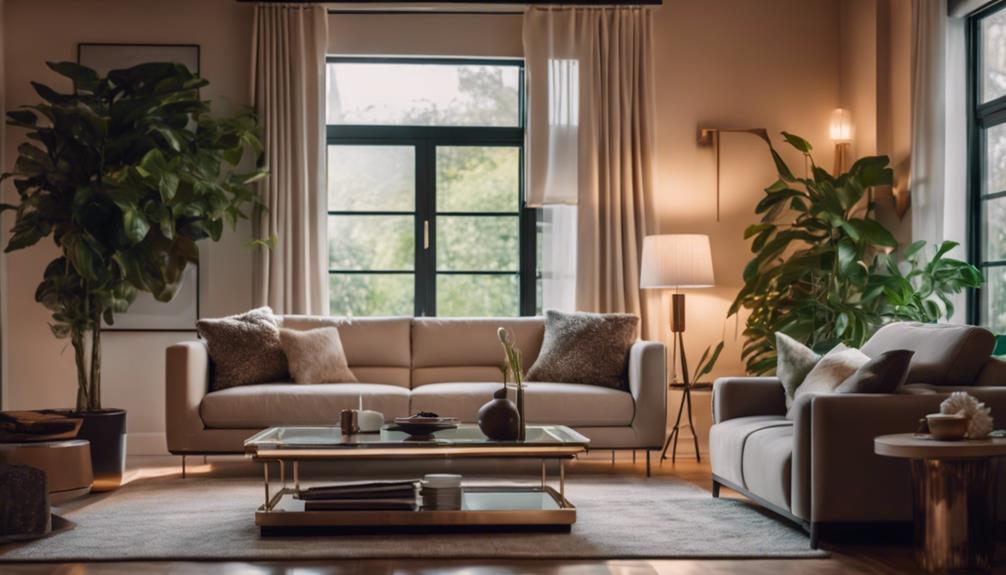
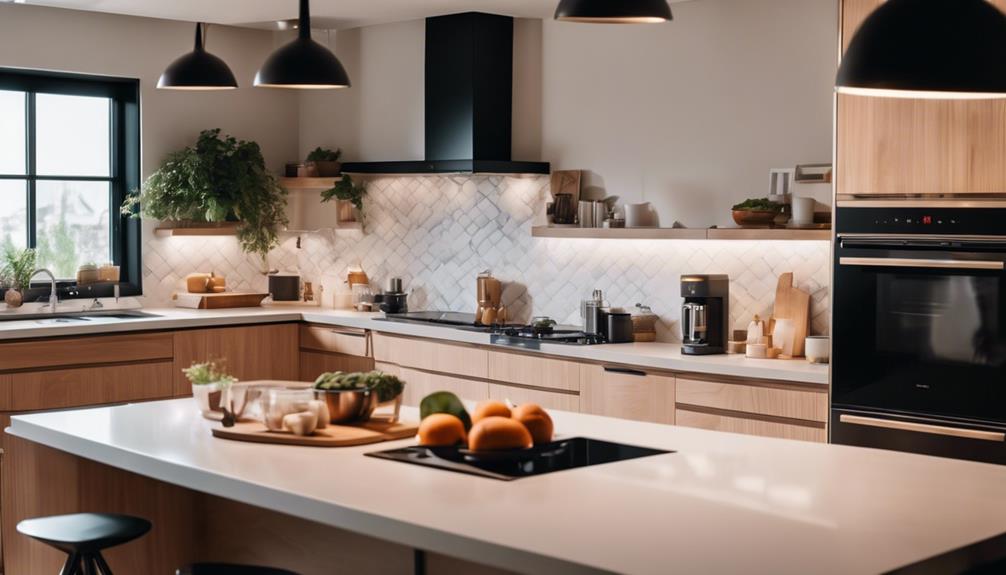
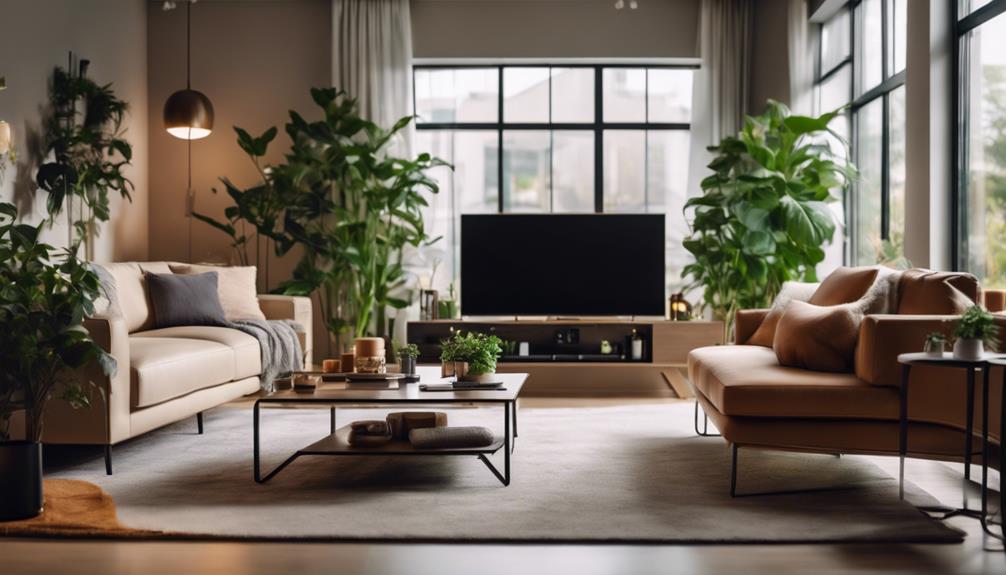




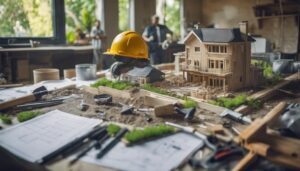





Post Comment